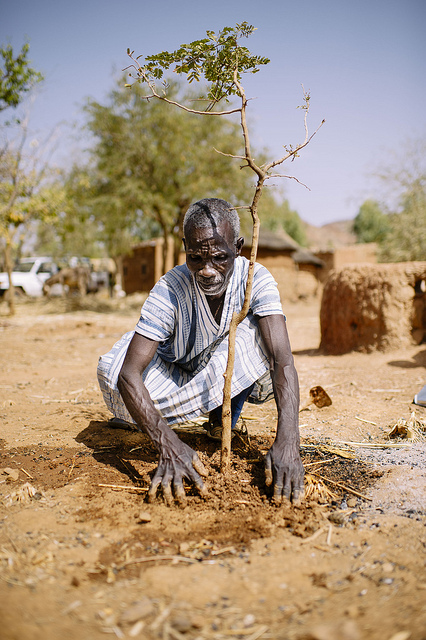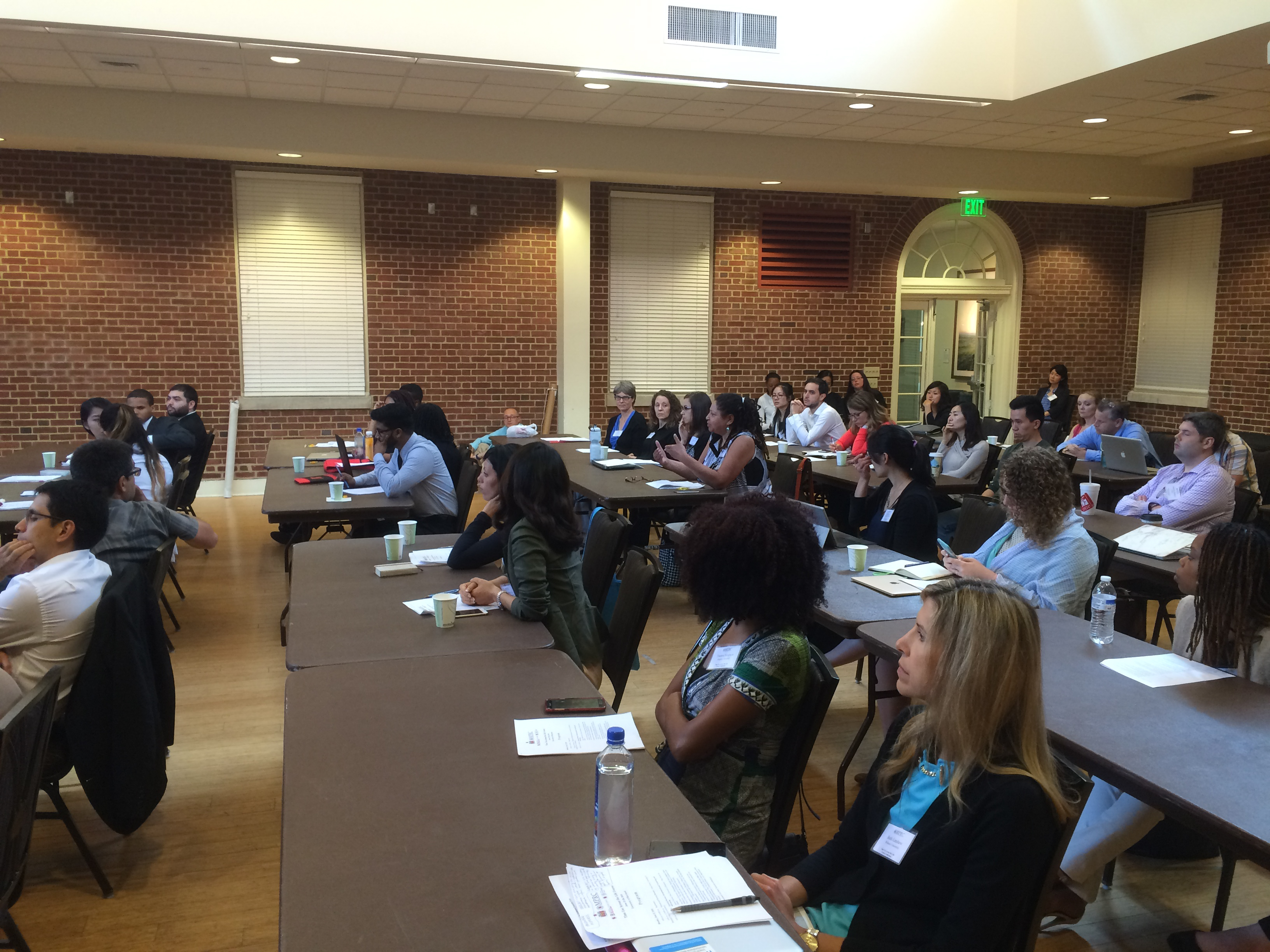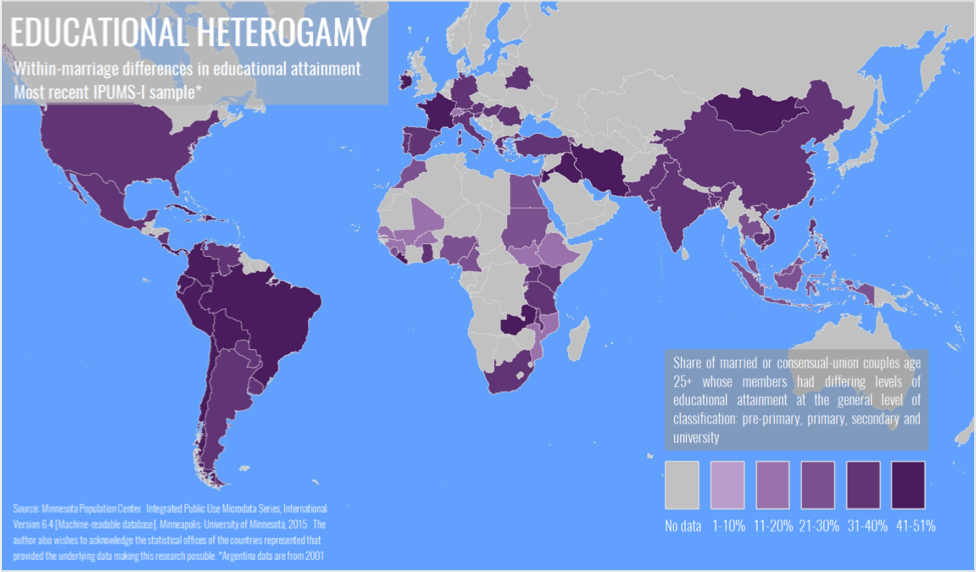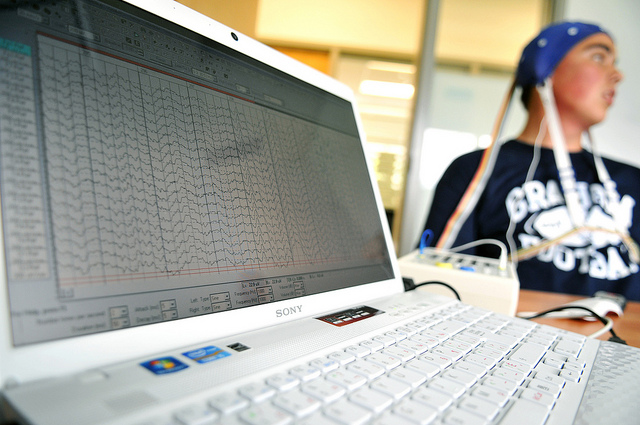
Bethel University Professor of History Diana L. Magnuson is documenting the growth of the Minnesota Population Center. Believing that preserving institutional memory is vital, the Center is supporting Magnuson’s work to capture oral histories of past and present MPC faculty and staff.
This is the second in a three-part series, with oral histories from the information technology (IT) side of the MPC. For over 16 years, the IT staff has collaborated with the MPC research staff to recode and disseminate data, develop specialized software, and make research more efficient. The “secret sauce of the MPC” is the longstanding synergistic collaboration between IT and research staff.
Continue reading…







